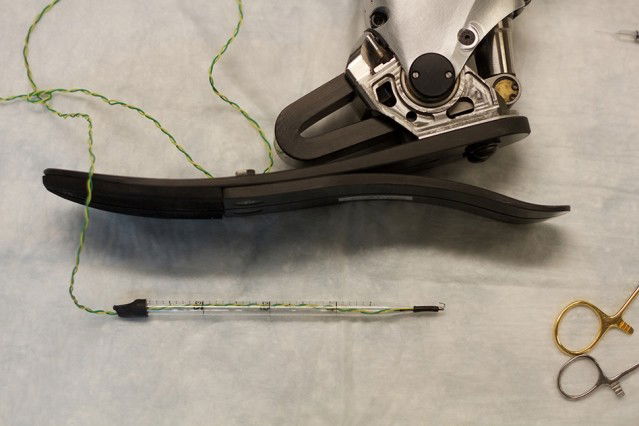Health
New technique to make prosthetic limbs feel more natural

New York, June 5: Massachusetts Institute of Technology (MIT) researchers, including one of Indian origin, have devised a new surgical technique that could allow prosthetic limbs to feel much more like natural limbs.
Through coordination of the prosthetic limb, existing nerves, and muscle grafts, amputees would be able to sense where their limbs are placed and to feel how much force is being applied to them.
The researchers believe that their strategy could work for nearly any amputee, including people whose amputations were performed many years ago.
"For almost any amputation scenario, as long as we have a little bit of the healthy nerve left, we can take that and put it into regenerative muscle grafts," said the study's lead author Shriya Srinivasan, a graduate student in the Harvard-MIT Program in Health Sciences and Technology (HST).
"We can harvest these muscle grafts from almost anywhere in the body, making this applicable to a large number of cases ranging from trauma to chronic pain," Srinivasan said.
In the new study, which appeared in the journal Science Robotics, the researchers demonstrated in rats that their technique generates muscle-tendon sensory feedback to the nervous system, which should be able to convey information about a prosthetic limb's placement and the forces applied to it.
They now plan to begin implementing this approach in human amputees.
"We're talking about a dramatic improvement in patient care," senior author of the study Hugh Herr, Professor at MIT.
"Right now there's no robust neural method for a person with limb amputation to feel proprioceptive positions and forces applied to the prosthesis. Imagine how that would completely hinder one's ability to move, to successfully balance, or to manipulate objects," Herr said.



































